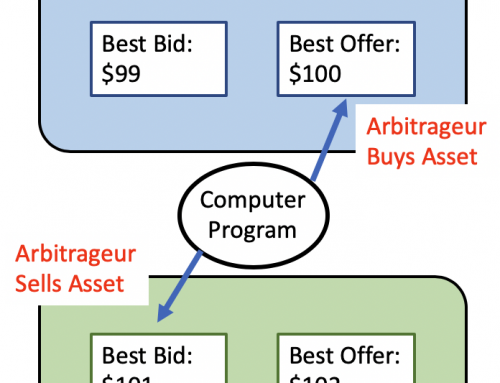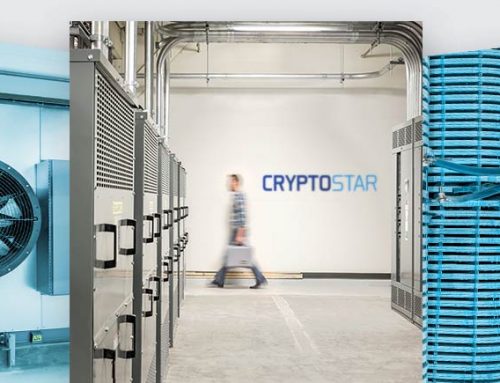In this article we outline an essential, stripped down list of how Cryptocurrency Miners can use financial instruments to increase their ROI by holding inventory. Read our detailed feature on CoinTelegraph!
Most cryptocurrency miners sell their coins mined as soon as they mine them to cover overhead, which limits their potential reward if they’re bullish the coin they’re mining. This is a chief issue for miners looking to increase their ROI through inventory hedging.
Ways in which cryptocurrency miners can hedge their inventory by using a combination of strategies:
a.) Interest-bearing accounts: By depositing their crypto into high yielding interest bearing accounts, the miners can achieve a “Risk Free Rate” ranging from 5% – 10% annualized. Services like this include BlockFi and Celsius
b.) Using Futures Contracts: Depositing a portion of their inventory onto derivative exchanges where they can sell dated futures contracts at a premium and benefit from the leverage provided for efficient capital allocations. For example, on Deribit, a dated futures contract my be trading at a 10% premium to spot prices, so the miner can sell the futures contract, recognize the additional 10% premium, and when either the premium to spot goes back down to 0%, they can close that position and capture the difference.
c.) Using options contracts: This can be done and act almost like a forward contract, where the miner will collect the premium sold instantly, and then deliver the coin (BTC) at a future day and time if the contract expires in the money (ITM). Using leverage, you can sell more BTC than you have and mine the difference during the duration of the contract. The same can be said by selling In the money puts. That means you can collect the premium of the contract sold, wait until expiration, and then deliver the BTC at the strike price you sold at if it expires in the money. If the Put option expires out of the money (due to an increase in price) you would benefit from the premium collected and the additional upside of the BTC.
d.) OTC Negotiations: This is primarily for miners to sell forward contracts at a discount to spot, where the miner is selling more inventory than they currently have and mine the remaining inventory over the duration of the contract. This is advantageous because it allows miners to recognize revenue before they mine the inventory and can be used to purchase additional mining equipment, which yields more inventory than they would have had otherwise.
Conclusion: Because most miners don’t understand the intricacies of derivative contracts and traditional finance, the majority of the miners are forced to sell their inventory at the time of mining. However, this is not nearly as capital efficient and through various trading strategies can mitigate downside risks of holding inventory, while maintaining higher reward potential. This would also decrease the supply pressure that’s placed on the cryptocurrency market as a whole, which would help increase the price of the mined token overall.
To learn more contact TechMeetsTrader. TechMeetsTrader is a financial consulting firm for investors looking to break into the cryptocurrency markets or trade derivatives.




